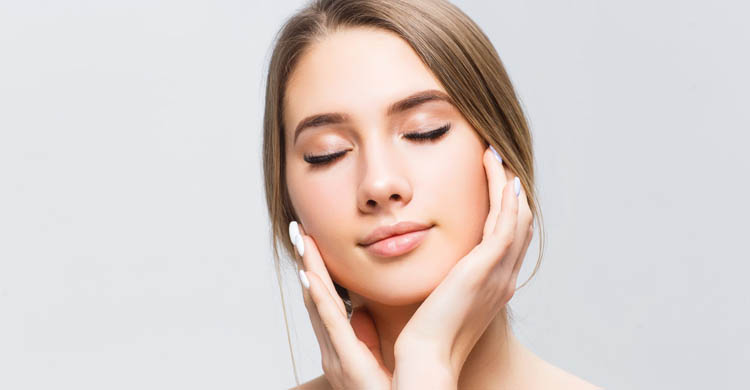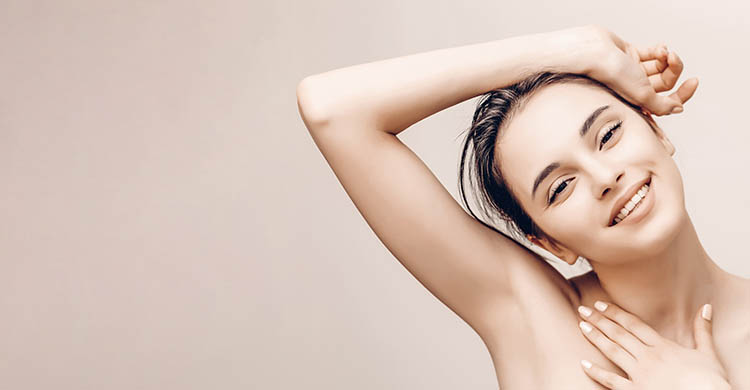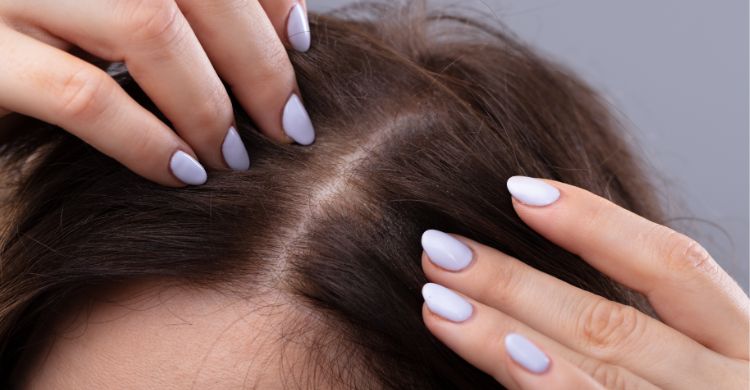How to prepare for a non-surgical rhinoplasty

The days following a non-surgical nose treatment can be exciting for many. Some may have waited to turn 18 to get the treatment done, some are curious and get the treatment and some are just waiting for the right time. Here at Dermamina London it is always a great moment to be with patients and their journey, listening to why they have decided to go for the treatment and why it is so important for their self-confidence and appearance.
The treatment involves injecting dermal fillers to the nose to temporarily alter its shape. Preparing for this dermal filler treatment is important in order to minimise the risks and complications during and after the treatment, such as risks of bruising and bleeding. Before booking for the treatment, certain things need to be avoided and considered, and this will be addressed below.
What is a non-surgical rhinoplasty?
Non-surgical rhinoplasty, more commonly known as non surgical nose job or liquid rhinoplasty, is a treatment done by injecting hyaluronic acid (HA) dermal fillers into the nose to temporarily reshape the contours of the nose, with small adjustments mainly around the bridge of the nose.
It is ideal for many that want a quick fix in the shape of their nose, as it is minimally invasive so minimal recovery time and side effects. However, there may be some slight bruising, swelling and redness on the injected site, but this would lessen within 4-7 days. Also, as it is temporary it would need to be topped up more often for those that want to maintain the look. Taking no longer than 15 minutes, this advanced non-invasive procedure, can provide instant reshaping and modifying of the nose.
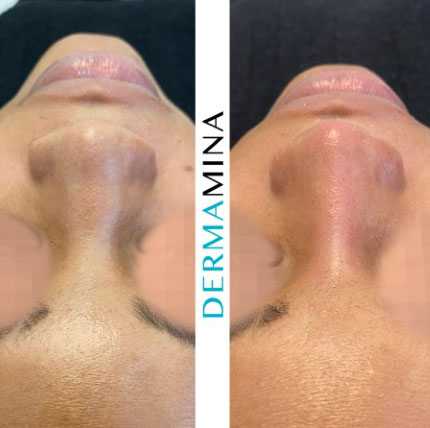
How do you know if it is suitable for you?
Every individuals nose shape is different and over time everyone will experience changes to their facial features. The nose, being the centre feature of the face is an important part that can impact the frontal and side profile of the face.
This treatment can help correct nose asymmetry and profile balance, such as bumps and droopy nose tips, to make the nose appear more proportionate and in harmony with the rest of the features of the face. That said, the non-surgical nose job is ideal for making minor changes and tweaks to the nose, rather than drastic and permanent differences. Also, reducing the size of the nose cannot be done but strategically injecting in the right points of the nose can give the illusion of it being smaller.
In many cases, these minor changes can change the whole appearance of the nose, however in other cases the treatment will not make a difference and surgical options might be best. The consultation is designed in order to understand what the patient wants to achieve and assess whether that can be done.
Nose shapes that are not suitable for the non-surgical nose treatment may include a nose with a large bulbous tip. A bulbous tip is where the tip of the nose is rounded and appears too big or without a structure. Dermal fillers cannot reduce the size of the bulbous area. As the fillers are injected mainly to the bridge of the nose, uneven nostril size cannot be corrected and a deviated septum. In some cases, deviation can be improved but not made 100% symmetrical. The treatment also cannot repair a broken nose or in many cases surgical ruins. Another nose shape includes heavily plunging or drooping nose tip; surgery is likely the best option.
Additionally, if you pose any allergies to any ingredients in the filler, do not book for this treatment before informing the practioner. Dermal fillers used in this treatment are made of hyaluronic acid (HA), which is naturally found in our bodies. However, just like collagen and elastin, the amount of naturally occurring HA in our bodies’ decreases over time. As it is something our bodies already produce, it can be considered as safe for use as an injectable, but is vital to go to an experienced practioner in order to minimise the risks involved and prevent any unintended results. Also, the treatment is not recommended if the skin is sensitive, swollen, infected or irritated or where infection are present e.g. active acne.
Non-surgical rhinoplasty is also not recommended when pregnant or breastfeeding; it is only advisable after breastfeeding. Dermal fillers have not been tested on pregnant women and such treatments should not be carried out on them.

What to avoid before the treatment
It is best to arrive for your appointment with your skin as best prepared for the treatment. This includes, less makeup on the face, plenty of rest the night before so you are calm and relaxed during the treatment, and make sure you have realistic expectations. Dermal fillers are not intended to change your appearance, just enhance what you already have. It is important to speak with the practioner during the consultation about your expectations in order to confirm whether or not they are achievable. Once confirmed, pre treatment advice includes:
-
Avoid taking any blood thinning medications such as aspirin and ibuprofen for one week prior to your appointment. This is to prevent bruising during and after the treatment. Please consult with your medical practioner before stopping any medication>
-
Avoid booking if you had any major dental treatments or plan to after the treatment. This includes root canal extraction/treatment and deep filing. After 2 weeks it will be fine
-
Arnica tablets can be taken before and after the treatment to reduce the risk of bruising (optional)
-
To lessen the risk of bleeding and bruising, do not consume alcohol 2-3 days prior to your appointment
Once the decision has been made and you have booked for the treatment, there will be three forms sent to your email that need to be filled prior to the appointment. This includes: medical form, dermal filler consent form and COVID 19 consent form. A medical form is needed to understand if the treatment is safe to carry out on you.
The dermal filler consent form addresses all the risks and side effects involved in the treatment and further information regarding what to expect during and after the treatment. The COVID 19 consent form is to confirm that you do not have any signs of the virus. Once the forms have been filled out and saved, it will be stored in our system and ready when you arrive for the treatment.

What to expect after the treatment
After the non-surgical nose treatment, there is no recovery time needed, you can get back to your daily activities or work that does not include any physical activity or sun exposure, the very same day. Following the treatment there will be some swelling, redness at the injection site and some may experience slight bruising. For many there are no visible marks and the redness and bruising does subside within a week or two. The patient may take Arnica tablets or apply gel after the treatment, which helps the relief of bruises as well as cooling and soothing the skin. You may also bring an ice pack to use after the treatment to minimize redness and inflammation, only if advised. Other post treatment advice includes:
- Avoid exercising immediately following treatment for 24 hours
- Avoid any objects around the nose, including glasses or sunglasses and no excessive pressure, touching or rubbing of the areas injected for the first few days
- There should be no dental treatments for the first few weeks following the treatment
- No alcohol or excessive salts for 24 hours
- Avoid applying makeup for 12 hours after the treatment
- Avoid getting a facial, laser treatment and having hot baths and sauna/ steam rooms
It is important that all patients follow the post treatment advice and to report any side effects and concerns that patients have following the treatment. An after care email is immediately sent right after the treatment, at Dermamina we make sure you are in safe hands during and after the treatment

Where to get non-surgical nose treatment in London
When considering non-surgical treatments, it is important to go to a professional and specialised provider that has great knowledge and experience with non-surgical treatments. An experienced and specialised practioner will know what to do to deliver the desired results while minimizing the risks and side effects and avoiding any complications.
Dermamina offers bespoke treatments in the vibrant city, London. Specialising in non-surgical cosmetic procedures and skincare treatments for both men and women. Located in 114 New Cavendish Street London, W1W 6XT. Contact Dermamina for a consultation to find out if the treatment is right for you today!
SaveFace
You safety matters
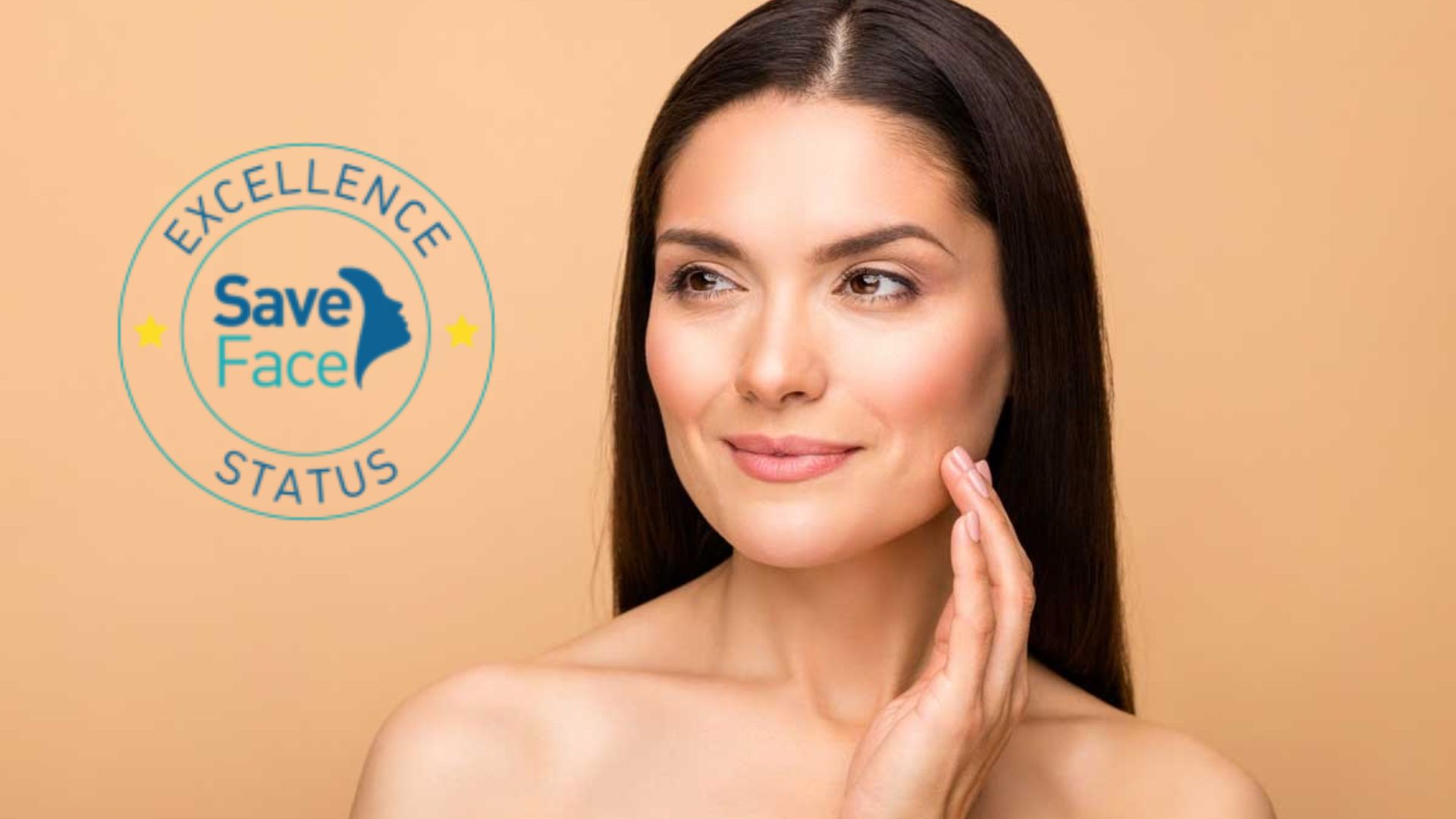
At Dermamina we have successfully attained the Save Face Accreditation, which signifies our consistent adherence to the highest industry standards. To earn this esteemed recognition, we underwent a rigorous evaluation conducted by an independent body.
Read more
Save Face is a register accredited by the Professional Standards Authority, holding official recognition from the Government, the Department of Health, and NHS England. This acknowledgment underscores our unwavering commitment to delivering exceptional quality services, meeting the stringent criteria set by these esteemed organizations.
